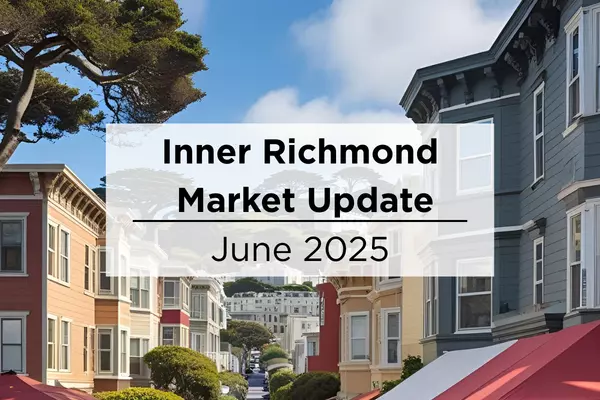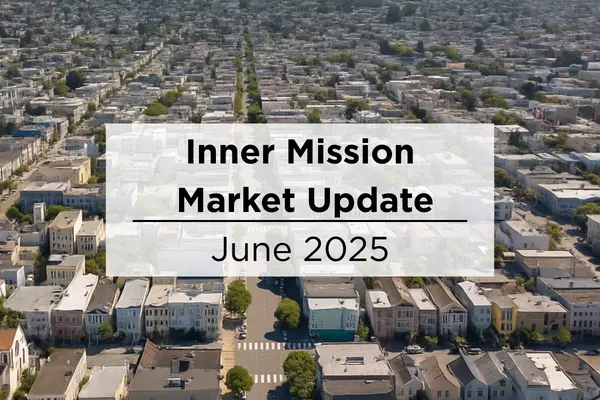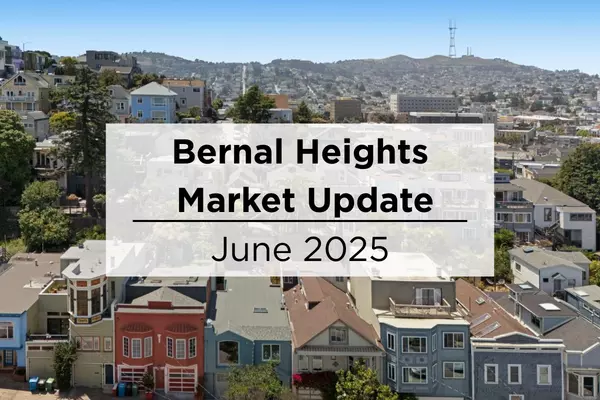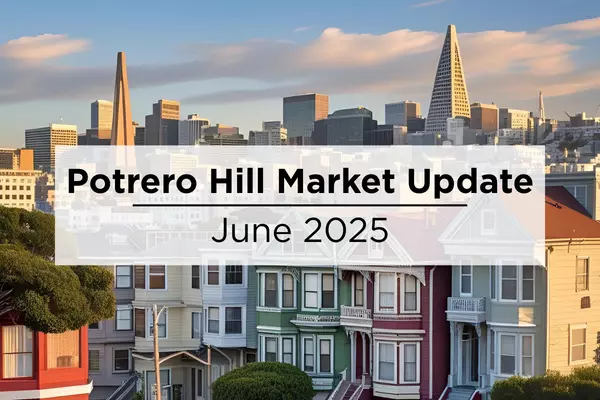North Bay (Marin, Napa, Solano, Sonoma) Housing Market Update - May 2024

The Big Story
Rates ↑, Sales ↓
Quick Take:
- Prices have already risen 6.8% over the past three months, landing only 2.2% below the all-time high reached in June 2022. Additionally, the median list price per square foot hit an all-time high in April 2024.
- Mortgage rates rose nearly a half a percentage point in April due to changing Fed rate cut expectations, hitting the highest level yet in 2024. The Fed has expressed that inflation is taking longer to settle at 2% than originally expected, so higher rates will likely be here for most — if not all — of 2024.
- Sales fell 4.3% month over month, and inventory rose 4.7%. The combination of rising prices and interest rates priced buyers out of the market, which dropped sales.
Note: You can find the charts & graphs for the Big Story at the end of the following section.
Another market slowdown
The average 30-year mortgage rate began the year at 6.62%, marking the start of the third year mortgage rates have been elevated. However, the rate expectations for 2024 in January were far different from those today. In January, inflation was still trending lower and economists were predicting rate cuts as early as March. Unfortunately, the inflation rate stopped falling around 3%, never quite reaching the 2% target, which has caused the Fed to delay cutting the federal funds rate, which indirectly, but significantly, influences credit markets. The past two months, in fact, inflation has increased year over year, which isn’t ever going to move the timetable for rate cuts earlier.
During its May meeting, the Federal Reserve unanimously voted to hold policy rates steady for the sixth consecutive time, leaving the federal funds target rate unchanged at 5.25% to 5.50%. Importantly, Fed Chair Jerome Powell emphasized that it’s unlikely that the next policy rate move will be a hike; it’s more likely that rates remain steady and with less clarity of cuts. The Fed’s dual mandate aims for stable prices (inflation ~2%) and low unemployment. The jobs market is still strong, so really, it’s all about inflation.
The Fed’s change of tune has led to much higher mortgage rates. Mortgage rates have risen 0.6% since the start of the year, and two thirds of that increase happened in April. Rising rates, especially quickly rising rates, only slow the housing market. As we entered May, the average 30-year mortgage rate hit 7.22% — the highest level in 2024 and not too far off from the 23-year high of 7.79% hit last year. During April, prices and rates increased, thereby decreasing affordability. For buyers planning to finance a home, the 0.38 percentage point increase that occurred in April affects the monthly cost of a home dramatically. When we couple the median price increase with the mortgage rate increase in just the month of April, the monthly cost increased 7%. If we compare the month cost in January to April, the monthly cost rose 13%.
Rates seem to be able to inflate prices and increase sales when they’re low, but when they’re high, they only slow sales — or, at least, that’s been the experience over the past four years. Inventory is, of course, driving the disconnect. Demand is still high relative to supply, even though inventory is growing. However, as prices increase, the buyers who haven’t been priced out of the market become pickier, and fewer but pickier buyers creates an overall slowdown. The market was showing signs of a more normal spring with sales and inventory rising, but the recent rate increases dropped sales last month, which is almost never seen in the spring. Even though mortgage rates have been elevated for long enough that it feels more normal, mortgage rates above 7% will naturally give potential buyers and sellers pause before entering the housing market.
Different regions and individual houses vary from the broad national trends, so we’ve included a Local Lowdown below to provide you with in-depth coverage for your area. As always, we will continue to monitor the housing and economic markets to best guide you in buying or selling your home.
Big Story Data





The Local Lowdown
-
Median home prices are slightly below peak levels across the North Bay. As more new listings come to market, we expect prices across most of the North Bay to continue rising and to reach new highs in the second quarter.
-
Active listings, sales, and new listings rose in the North Bay month over month, which are all beneficial for the housing market. We expect inventory to increase in the first half of the year and possibly return to a more normal market after the slowdown experienced over the past year and a half.
-
Months of Supply Inventory declined sharply from February to April, indicating that the market is heating up. MSI indicates a sellers’ market in most of the North Bay.
Local Lowdown Data










Categories
Recent Posts











